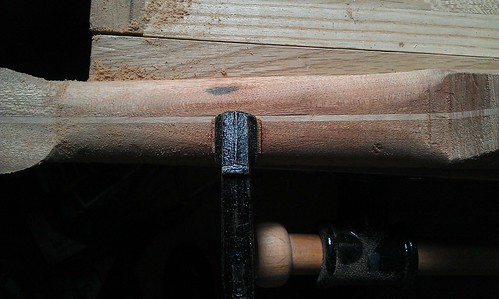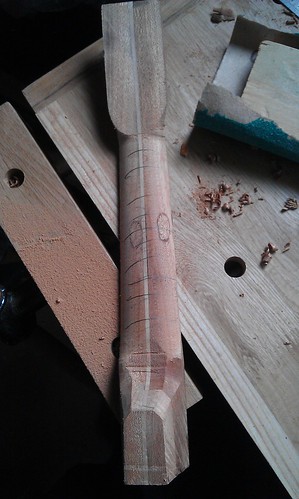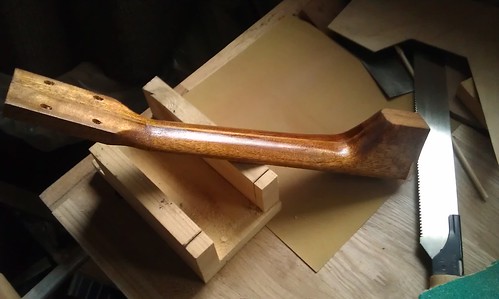skeetstar
Established Member
fellas, I act as the sort of maintenance man at our local church. I've been asked to have a look at a repair to some Oak. There is a set of curved steps up the main dais, side to side the steps are about 15m, and there are three steps - acres of pristine pale Oak.
We have found a small bit of damage, where something has gouged out a fragment of timber 6mm wide by 20mm long. I have the splintered wood that has been gouged out, but it is damaged and gluing it back wont fix all the problem.
I don't want to cut it out and let in a piece if I can possibly get away with it.
I don't want to have to do anything that will involve sanding back, as I wont be able to just 'patch' the finish.
Thoughts presently are: Glue back what I can, then fill the rest with a filler made of epoxy and oak dust. Would need to be careful, as, as I said, I cant sand it back to flat or sand away any wayward filler.
Anyone recommend a better course of action?
We have found a small bit of damage, where something has gouged out a fragment of timber 6mm wide by 20mm long. I have the splintered wood that has been gouged out, but it is damaged and gluing it back wont fix all the problem.
I don't want to cut it out and let in a piece if I can possibly get away with it.
I don't want to have to do anything that will involve sanding back, as I wont be able to just 'patch' the finish.
Thoughts presently are: Glue back what I can, then fill the rest with a filler made of epoxy and oak dust. Would need to be careful, as, as I said, I cant sand it back to flat or sand away any wayward filler.
Anyone recommend a better course of action?




































